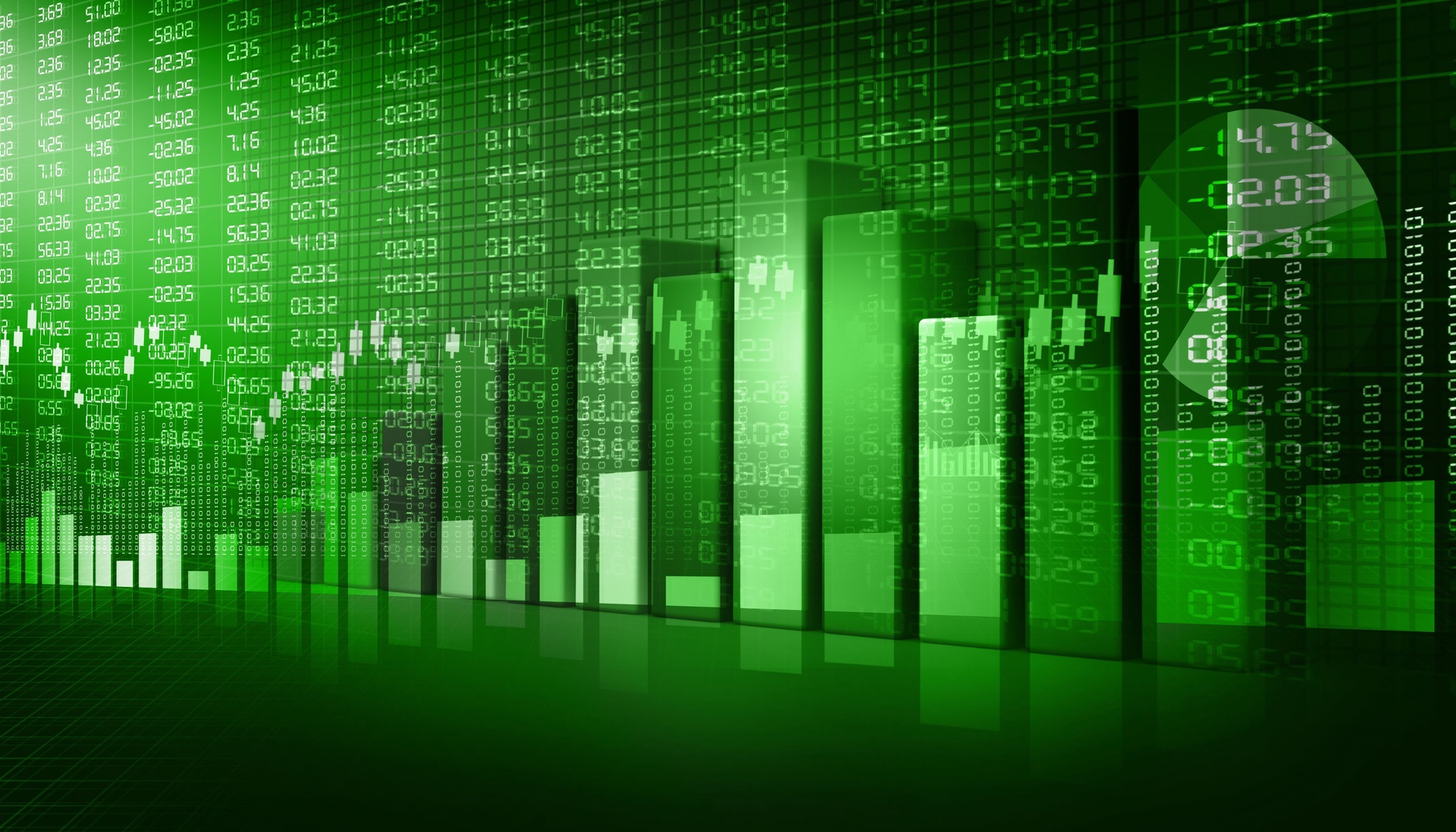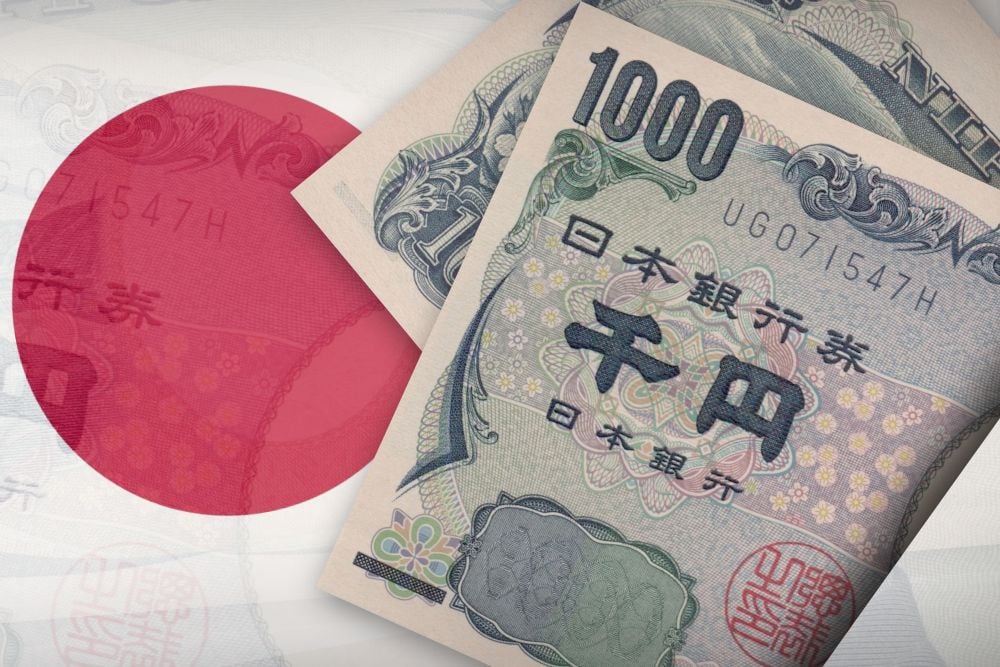IN a column I wrote for The Asset last August I suggested the possibility of yields in the US Treasury bond market turning negative, with reference to former Federal Reserve chair Alan Greenspan’s contemporaneous comment that such an event would represent “just another level”.
This level now beckons, whether it be simply “just another” or one which in fact will represent a symptom of profound global economic distress.
At the time I wrote that column, the US economy, on the basis of probability, was heading for a slowdown in 2020, a dynamic which would bring to a close the longest continuous economic expansion since 1854 and one of 11 years standing.
Probability derived from a decline in the country’s private investment rate - a phenomenon of peaking business cycles usually accompanied by stagnant productivity - and a fractious trade war with China that threatened to stymie global growth, including America’s.
Structural brakes on growth have in recent years precipitated ultra-easy money regimes across a host of countries, and produced phenomena such as negatively yielding bond markets, often manifested together with curve inversions, and the trope of the “global quest for yield (GQY)” which explained the fact that challenging credits could price richly and with stratospheric book cover, something which had become primary market commonplaces.
All of the above still holds true, but thanks to Covid-19 the bearing down of those elements onto US Treasury yields will occur on a timeline much shorter than would have been the case absent the global pandemic of the virus.
As proof that GQY is still intact, one should look no further than the fact that more than a dozen new issues priced out of Asian G3 last week, with challenging credits such as corporate hybrid paper managing to fly out of the window against the most turbulent equity backdrop imaginable.
And as evidence that the easy money regime remains intact one has comments from central bank governors Jay Powell of the US and Haruhiko Kuroda of Japan made last Friday (February 28) as US equity markets were about to register a weekly decline of 12%, that they would do what it takes to restore global equity market stability.
Last week’s US equity market hysteria - which possessed a disaster movie quality, based as it was on a rapid escalation of Covid-19 cases outside China - demonstrates that the markets are still vulnerable to headline-induced panic about the spread of the virus.
If it is true that it first manifested in Wuhan as early as last December, and that new cases in China are declining, the takeaway is that equity markets are likely, at the very minimum, to have weeks of scary headlines to absorb about Covid-19’s spread outside China before the outbreaks peak and acceptance and news fatigue kick in.
During all this, if China’s apparently radical approach to containing the virus - putting into quarantine lockdown a slew of big cities - is emulated in the developed economies, including the US, the equity market disaster movie will roll on and the panic intensify.
The close negative correlation between US equity market and bond price action displayed last week will prevail and pull the 10-year US Treasury bond through a 1% handle for the first time.
Full-blown panic induced downside volatility could smash resistance at 0.75% and then 0.5% rather quickly. The first signs of the impact of Covid-19 on US leading economic indicators will then commence the grind down to negative yields, accompanied by Fed rate cuts along the way.
It might well be that US equities have priced in the worst economic implications of Covid-19 and that there is now a golden buying opportunity, but I doubt it. Another element which belongs in the script of a disaster movie is that markets will begin to panic about the effectiveness of central bank intervention.
That would certainly be the case for markets in the eurozone, where the European Central Bank has done just “whatever it takes” - to use the words of governor Mario Draghi when confronted with the eurozone crisis in 2012 - in reducing money market policy rates and conducting quantitative easing.
At least Jay Powell’s rate increase in late 2018 provided some meat to cut into, something which messrs Kuroda and Draghi lack while they dine on the frugal repast of negative bond yields and inverted curves.
But there’s another somewhat sinister fear: that central bank ammunition will consist of no more than blanks in the face of Covid-19’s rampage, based on the view that the most damaging impact of the virus will be on global supply chains - a “supply shock” - and that short-term rate reductions will be ineffective to restore economic balance in the face of this shock, much as US rate rises in the 1970s failed to contain the inflationary pressure of a spike in the oil price.
There’s a certain irony in this, given that the interest rate rises deemed necessary to contain those oil price pressures - the biggest supply shock in US economic history - on US inflation, and which sent 10-year bond yields to over 15% in the early 1980s set the show for the Treasury bond bull market, which remains intact almost forty years later.
It would be ironic if another supply shock pushed that bull market to its logical final stage - negative long-term yields.
And as I have pointed out in this column before, the convexity effect on bond prices once yields are negative means that bonds can produce equity-like returns once a lower discount rate - the Fed funds or repo rate - is applied to obtain the present value of the bond’s future cashflows.
That dynamic would sustain the GQY and pump up the primary dollar bond markets for anything offering a decent spread to the negatively yielding underlying Treasury benchmark.
Former Fed chairman Alan Greenspan’s “just another level” is around the corner in my opinion, but getting there will be fraught even if DCM investment bankers can continue to celebrate the unimpeded 40-year bull market from which they continue to make a living.









